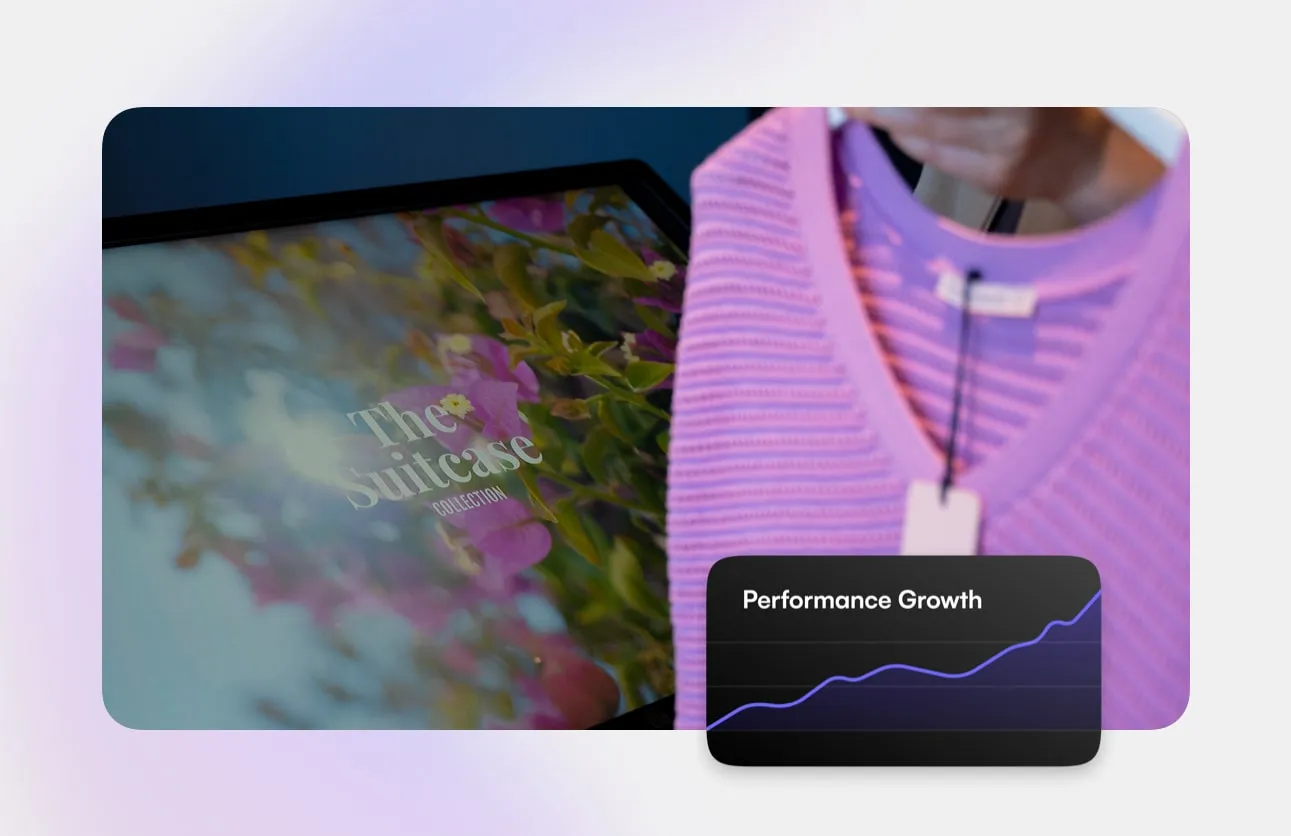.webp)
Are you considering digitizing your brand's sell-in process but have doubts about its effectiveness? You're not alone. Digital selling has become a powerful tool for fashion brands to strengthen their brand storytelling and improve sales, but there are still some misconceptions and myths surrounding it. Many brands still believe that digital selling is too expensive, requires a complete overhaul of their go-to-market process, or that their customers won't like it.
In this article, we debunk the four most common myths surrounding digital selling for fashion and apparel brands to help you make an informed decision about your options.
Myth 1: No Sample, No sale!
One of the most common myths about digital selling is that physical samples will no longer be necessary once digital samples become the norm. This has led to resistance from sales teams who experienced previous challenges with buyers who will not order products without being able to see and touch them firsthand. This is where "No sample, no sale" comes from.
Digital selling does not necessarily mean reducing or eliminating samples altogether. Smart sampling can be used to reduce the amount of samples needed, while still providing buyers with a sense of touch and feel for the products. You can focus on developing strategic samples for innovative products, for example, or the ones with different fits, fabrics, etc. However, it may not be necessary to have all the basics in every color every season.
It is important to remember that digital selling is not a one-size-fits-all solution, and companies need to be flexible in their approach. By offering a range of options and working with sales teams to address any concerns, companies can successfully integrate digital selling into their sales process. Ultimately, the goal of digital selling is to provide customers with a better experience and improve the efficiency of the sales process, and this can be achieved through a combination of physical and digital samples.
Myth 2: My brand doesn't have content for digital selling
Many brands mistakenly believe that they don't have the right content to sell digitally. They often think that the content required for successful digital selling comes at a later stage than when the selling process begins. Having all the necessary content available for marketing, merchandising, and sales can be overwhelming, and adding digital selling to an already complex system might seem daunting. However, if teams work together to share this content digitally at an early stage, digital selling can actually simplify the process rather than complicate it.
Also, what brands need to understand is that they don’t need to have everything in hands before they start. They can start small, focusing on one product group or category. Brands can slowly introduce digital selling and then align their processes with the content they have available. Brands can then grow the content over time, and continually update new content in the digital showroom, if it’s the case.
Myth 3: Digital Selling is Too Expensive
One of the most common myths about digital selling is that it is too expensive for small to mid-sized fashion brands. While it's true that implementing a digital selling strategy requires an initial investment, this investment can be flexible depending on the brand's needs and can easily payoff in the long run. To begin with, digital selling can reduce costs associated with traditional sales methods, such as travel expenses, sample production, and showroom costs. It can also contribute to improved sales rates and increased margins.
Digital selling enables brands to reach a wider audience, leading to increased sales. By using technology like digital showrooms, brands can showcase their collections to buyers from all over the world without requiring physical travel, which also contributes to more sustainable practices in the fashion industry.
Myth 4: Customers Won't Like Digital Selling
Many brands are hesitant to adopt digital selling because they believe their customers won't like it. However, this couldn't be further from the truth. In fact, many buyers are interested in digital selling because they can see the benefits of digitalization, such as the efficiency of sales appointments, the precision of displayed and shared information, and the enhancement of relationships between brands and retailers. They see that they can save time and trust the brand's sales teams, and they feel empowered by the use of technology in this process.
Digital selling also allows brands to provide a more immersive and interactive experience for customers. By utilizing tools like the Fashion Cloud Showroom, brands can create a more engaging experience that allows customers to visualize the experience in a more immersive way, feeling engaged with the brand storytelling.
By debunking these myths and providing insights into how digital selling can be successful for fashion and apparel brands, we hope to encourage more brands to consider implementing a digital selling strategy. It's time to embrace the future of fashion sales and start reaping the benefits of digital selling.



.webp)
